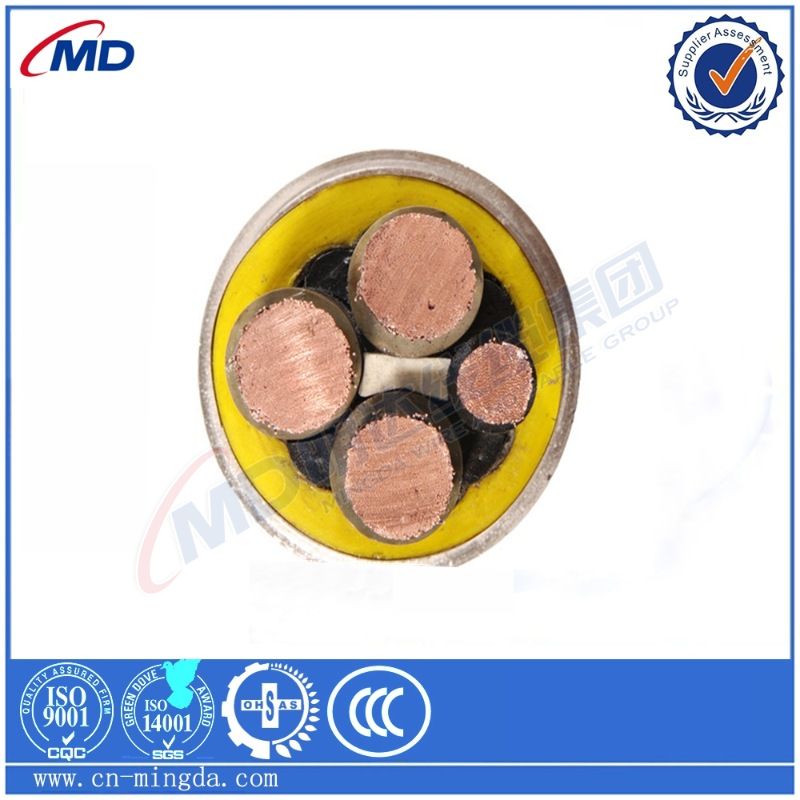Dez . 03, 2024 19:05 Back to list
rising stem globe valve
Understanding Rising Stem Globe Valves Design, Functionality, and Applications
Rising stem globe valves are a critical component in many industrial processes, providing precise flow control in various applications. This article delves into the design, functionality, and applications of these valves, highlighting their importance in modern engineering.
Design Features
Rising stem globe valves are characterized by a unique design that features a stem which rises as the valve is opened. This movement is distinct from that of other valve types, such as gate valves, where the stem remains stationary as it opens or closes the flow passage. The rising stem design provides a visual indication of the valve's position, allowing operators to easily see whether the valve is fully open, partially open, or closed.
The main components of a rising stem globe valve include the body, bonnet, stem, disc, and seat. The body of the valve is typically made from materials such as carbon steel, stainless steel, or ductile iron, depending on the application requirements, including pressure and temperature ratings. The bonnet houses the stem and provides a seal to prevent leaks.
The disc is the closing mechanism that sits against the seat to stop or throttle the flow. As the valve is opened, the stem moves upward, lifting the disc away from the seat, allowing media to flow through the valve. This design facilitates a tighter seal, making rising stem globe valves suitable for high-pressure applications.
Functionality
The primary function of rising stem globe valves is to control the flow of liquids and gases in piping systems. Their design allows for precise regulation of flow rates, making them ideal for applications where flow needs to be adjusted regularly. Unlike ball valves, which provide a quick on-off action, globe valves are best suited for throttling applications due to their ability to finely control flow.
One significant advantage of the rising stem design is that it provides clear feedback to the operator regarding the valve's position. This helps in preventing accidental over-tightening or other errors that could lead to leaks or damage to the valve. Additionally, rising stem globe valves tend to have a longer lifespan in throttling applications because the seat and disc can withstand repeated use without significant wear.
rising stem globe valve

Applications
Rising stem globe valves are widely used in various industries due to their reliability and efficiency. Some common applications include
1. Oil and Gas In the oil and gas industry, these valves are used in pipelines to control the flow of crude oil, natural gas, and their derivatives. Their ability to handle high pressures makes them a preferred choice for upstream, midstream, and downstream operations.
2. Water Treatment In water treatment facilities, rising stem globe valves regulate water flow through filters, pumps, and other equipment. Their precise control helps in maintaining optimal water quality and system efficiency.
3. Chemical Processing The chemical industry often requires valves capable of handling aggressive chemicals and high temperatures. Rising stem globe valves made from specialized materials can meet these demands, ensuring safe and efficient operation.
4. Power Generation In power plants, these valves are critical for controlling steam and water flow in boilers and turbines. Their robustness can withstand the harsh operating conditions often present in power generation.
5. HVAC Systems In heating, ventilation, and air conditioning (HVAC) systems, rising stem globe valves help manage the flow of air and fluids, ensuring systems operate efficiently and maintain desired temperature levels.
Conclusion
In conclusion, rising stem globe valves play a crucial role in many industrial applications due to their reliable performance and precise flow control capabilities. Their unique design not only enhances functionality but also provides operators with clear visual indications of valve status. As industries continue to evolve and demand more efficient fluid control solutions, rising stem globe valves will remain a vital component in the engineering toolkit, ensuring safety, efficiency, and longevity in vital processes. Understanding their design, functionality, and applications helps engineers make informed decisions when selecting the right valve for specific needs.
Share
-
Gate Valve Non Rising is IdealNewsApr.27,2025
-
Different sizes of butterfly valveNewsApr.27,2025
-
Choosing the Right Wire Cable Manufacturers MattersNewsApr.27,2025
-
Choosing the Best Butterfly ValveNewsApr.27,2025
-
Best Y Type Strainer Supplier and Y StrainersNewsApr.27,2025
-
A Guide for Industrial ApplicationsNewsApr.27,2025